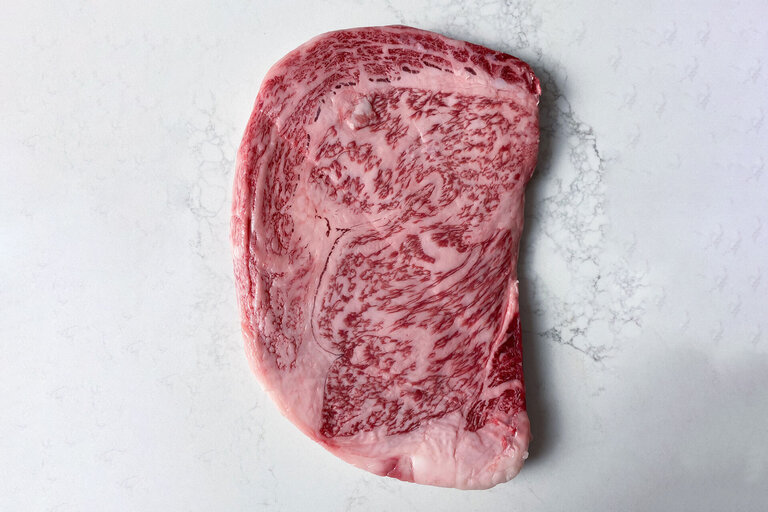The Best Street Food You Can Eat Across Central America
The best way to experience Central American countries is to dine on the street, where local flavors shine.
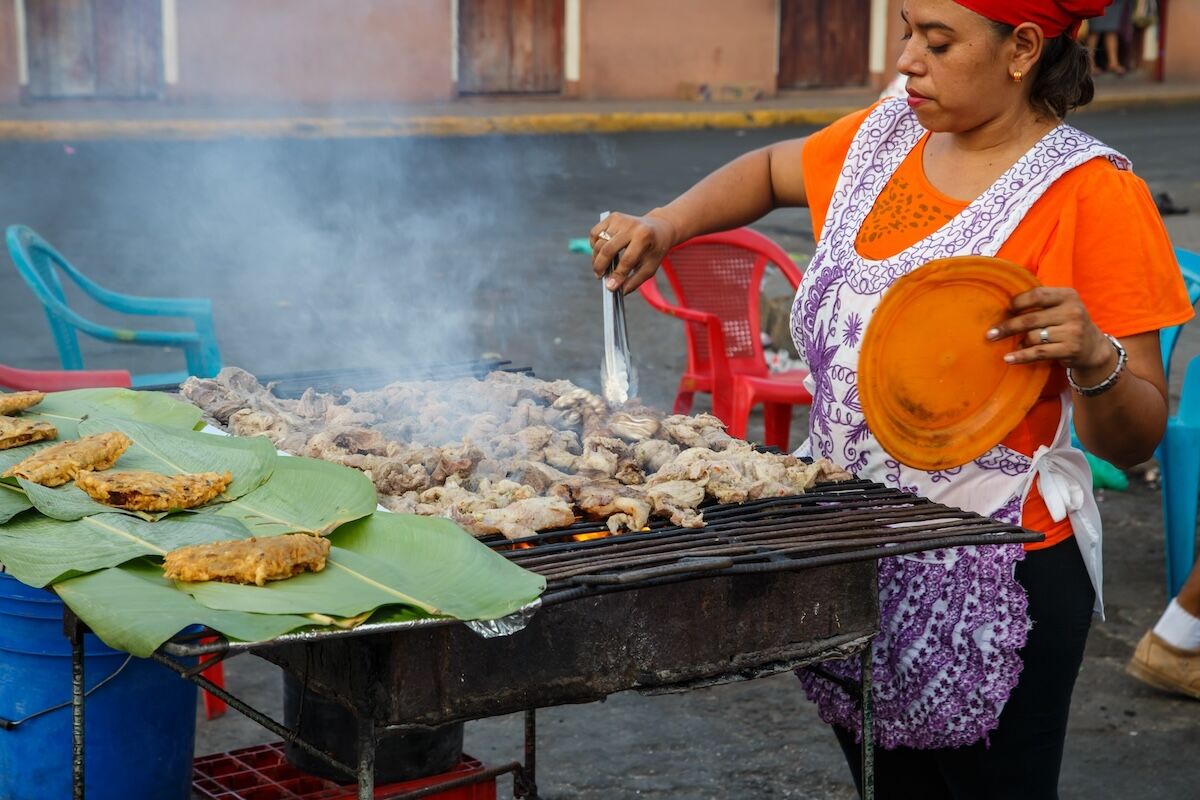
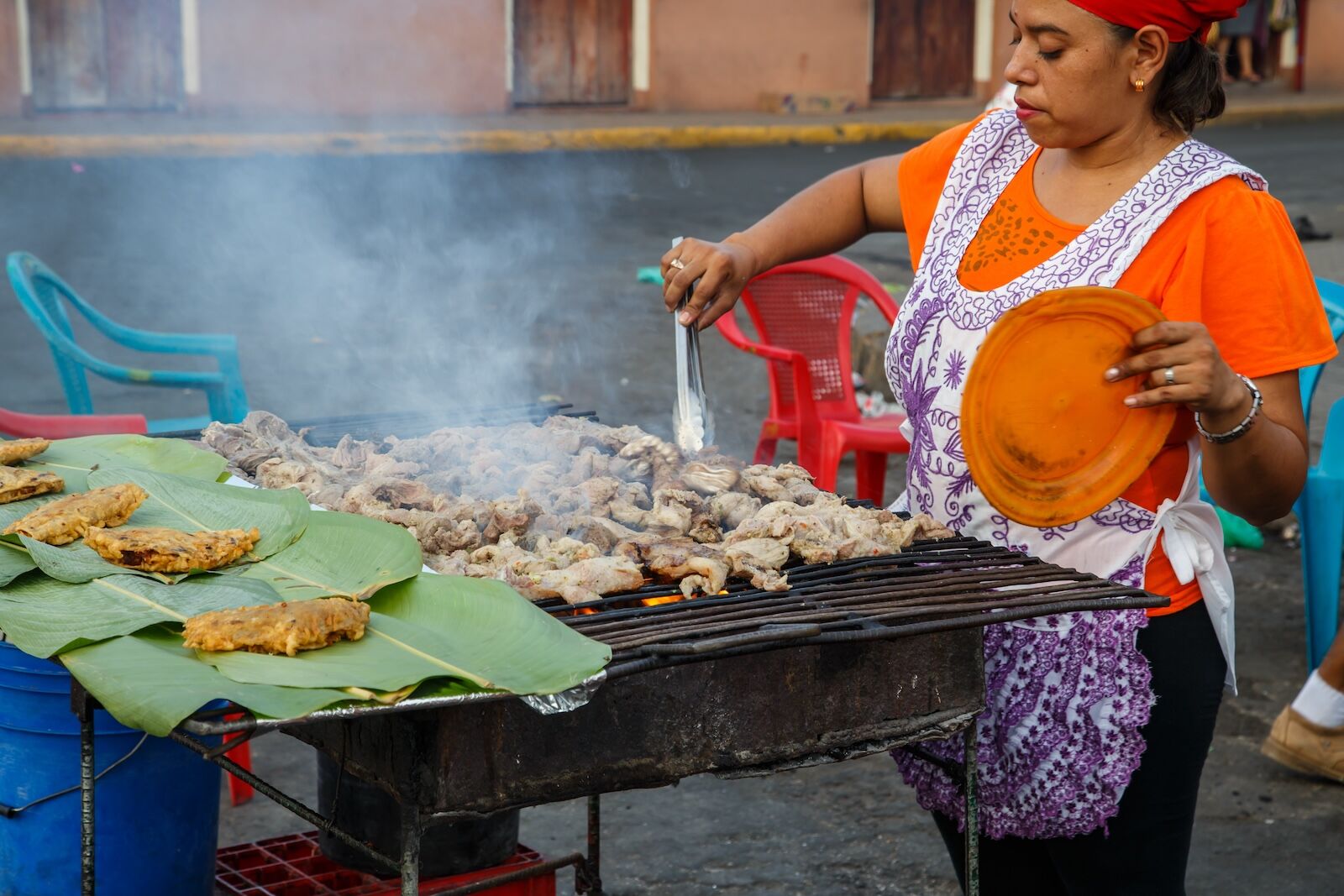
Hot take: Street food is a better way to gain an understanding of the culinary chops of a city than its fine dining establishments. Bonus, it’s also much more affordable. This is particularly true in Central American countries, where seasonings like cilantro, achiote, garlic, and citrus define cuisines that differ greatly from their counterparts to the north and south. Dishes from Guatemala south to Panama impart strikingly bold and vibrant tastes. Grilling (asado), frying (frito), and steaming (especially for tamales) are popular methods of preparation, while many dishes uniquely combine savory and sweet elements, such as the pairing of plantains with beans and cheese.
Dishes you’ll find vary not only by country but often by region or city. To find the best meal, employ tips that may counter your typical process when sourcing your next meal. Look for the place with the line of locals. A busy street food stall indicates two things: First, that the stall is popular with residents, often signaling they eat there often (and therefore, it must be awesome). Second, it greatly increases the likelihood that the food is fresh, as the supply is burned through quickly.
Matador spoke with chefs and influencers from around the region, combined with the experience of team members, to identify the top dishes beyond arroz con pollo (chicken with rice) to try and excellent vendors who prepare them, from the markets to the street corners.
Street food to try in El Salvador
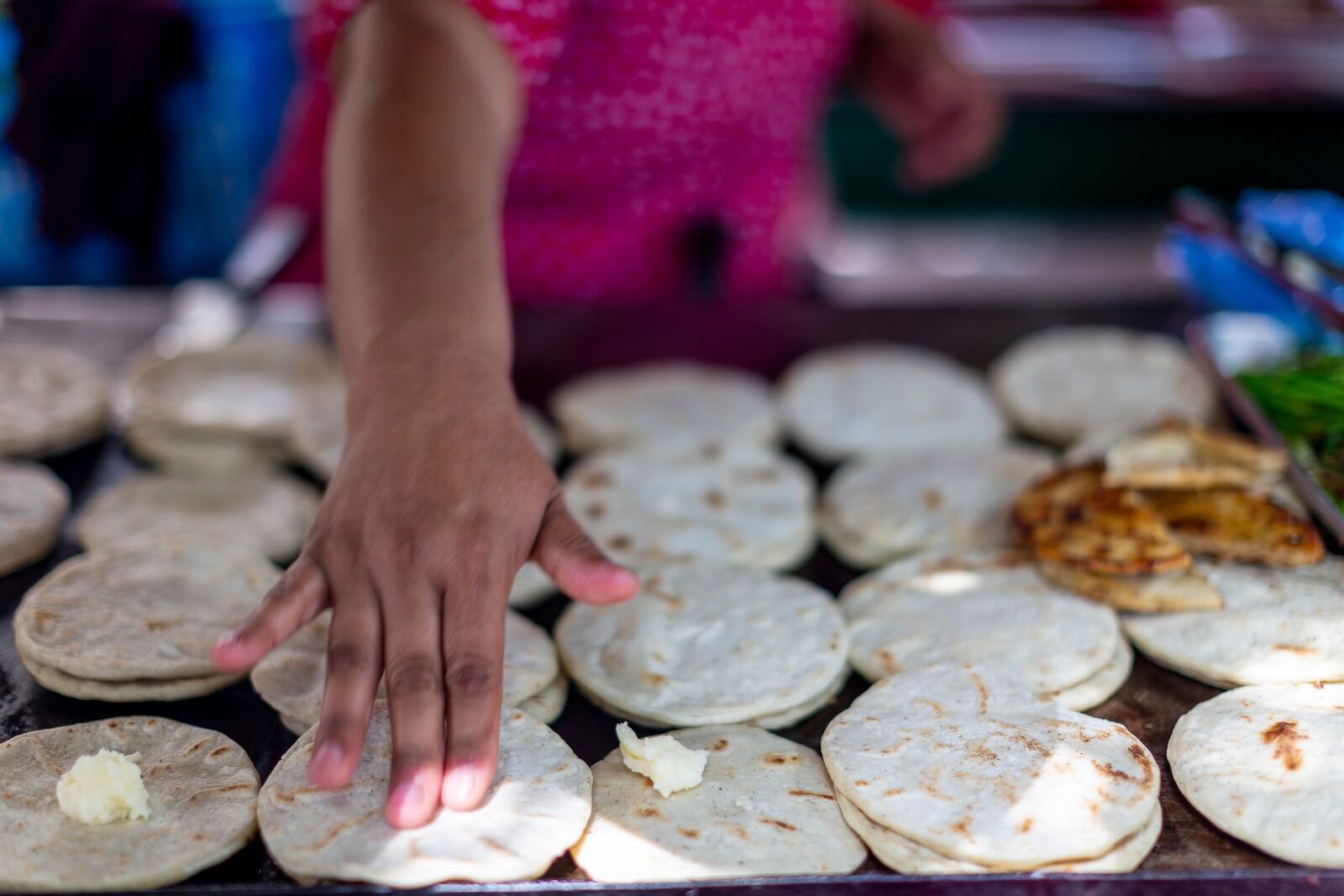
Photo: Elloria Voltan /Shutterstock
Kevin El Cehve (@kevinelcheve) is a Salvadoran chef now based in Texas who has popularized local dishes like Arroz Aguado con Pollo and Cheese and Garlic Pupusas via his Instagram and TikTok channels along with his website. His first rule of thumb when traveling through El Salvador is to walk by the markets, stopping to sample what pulls you in. At Mercadito de Merliot, he notes, “you can also find other street food like fried tortillas with cheese and amazing soups like sopa de gallina.”
“You can throw a rock and hit a pupuseria in El Salvador,” he says.
However, the town of Olocuilta, south of the capital San Salvador, is known for its pupusas, Kevin notes. “It’s what we do best and are most known for,” he says. “Although they’re very affordable, it’s a labor-intensive dish that includes corn masa stuffed with whatever you want – cheese, chicharon, beans, loroco (sharp tasting flower which is a Salvadoran delicacy). The toppings are endless but these are the most common for Salvadorans. From street vendors to restaurants. If you hear sizzling it’s probably pupusas on a comal.”
He also recommends Nuegados de yuca, a sweet and savory treat that’s made with yucca root shredded and blended with Salvadoran cheese, fried and topped with honey made from raw cane sugar. Another must-try is Pan con Pollo.
“Or as we call it where I’m from in Ilobasco, Panes Rellenos,” Kevin says. “Slow roasted chicken with a savory, spicy sauce topped with watercress, tomato, cucumber, and whatever veggies you like. It’s easily my favorite sandwich. It’s very common to eat during the holidays like Christmas but it’s so beloved you can find many vendors or small restaurants sell it all the time.”
Other popular dishes:
- Chory: What many people wouldn’t guess about El Salvador, Kevin says, is the popularity of sandwiches and hot dogs, known locally as a chory. “It’s a big part of what we eat,” he says. “They’re not like any type of sandwiches or hot dogs you’d find in the states.” The dish consists of a fried dog, topped with mayo, ketchup, pickled onions, and often times, hot sauce. Elote Loco, or “crazy corn,” consists of grilled corn topped with mayo, Salvadoran cheese, mustard, salsa roja (tomato-based), and negrita (a Worcestershire-based sauce). Finally, be sure to try yucca and chicharon, made with thick cuts of fried chicharon that’s crispy outside and soft inside.
- Panes mataniños: This sandwich translates to “the child killer.” This sandwich is a long hoagie topped with either ham, ground beef, or soy, pickled slaw, mayo, mustard, ketchup, and grated Salvadoran cheese on top, and is super common throughout the streets of San Salvador. “It’ll probably put you on your back if you eat too many,” Kevin says.
- Yucca and chicaron. “The yucca is either boiled or fried,” Kevin notes. “We typically top this with a pickled slaw of cabbage, carrots, jalapeno, onions and a lot of lime. A tomato sauce is drenched on top to give the dish that extra kick.”
Street food to try in Guatemala
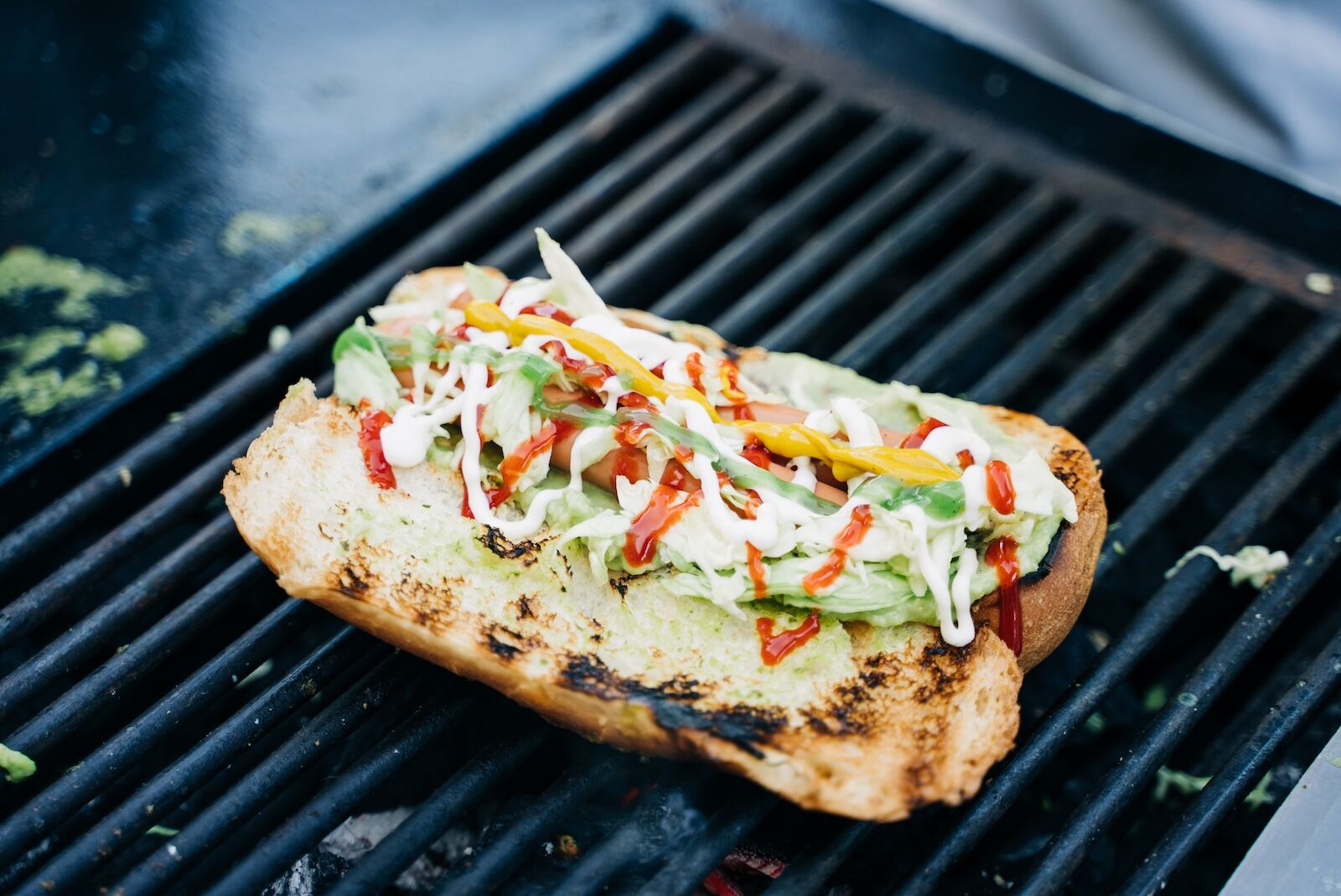
Photo: Jose Recinos /Shutterstock
Chef Karla Alonzo gained acclaim for bringing iconic recipes from her native Guatemala to her restaurant in Washington, DC, Maltiox.
“I’m from the east coast and we usually eat iguana en pulique, revolcados, Pepián, and kaq kik,” says Alonzo.”
Pepián is a thick, spicy, stew typically made with chicken, beef, or pork (or a combination of these). It’s known for its complex, slightly smoky flavor, which comes from roasted ingredients and ample dried chilies.
Of course, iguana isn’t in the repertoire of the typical American traveler. Not to worry, as Alonzo offers additional recommendations.
“What I recommend is to try the food on the streets or flea markets – that’s where you’re gonna find the real taste of the gastronomy of my country,” Alonzo says. “Try Shucos, which is our hot dog. And in the season of holy week I recommend to try the Tashmoo Patin. Also the Moyetes, buñuelos they are a seasonal dessert that we usually eat during holy week.”
The former is a pre-Columbian dish made of stone ground tomatoes turned into a sauce. The Moyetes consist of white bread with refried beans, cheese, meat, and a sauce to garnish.
Matador/em> newsletter guru Kelsey Wilking spends part of the year in Guatemala, and recommends the following:
- Shucos: Especially at Dónde Chemita in Atigua.
- Tostados: In Guatemala City, stop into a small tostado shop and eat the specialty, she recommends.
- Shaved ice with mangoes: If you head to Lake Atitlan, Wilking recommends trying shaved ice with mangoes to match the sweet vibes of the scenery around you.
Street food to try in Honduras
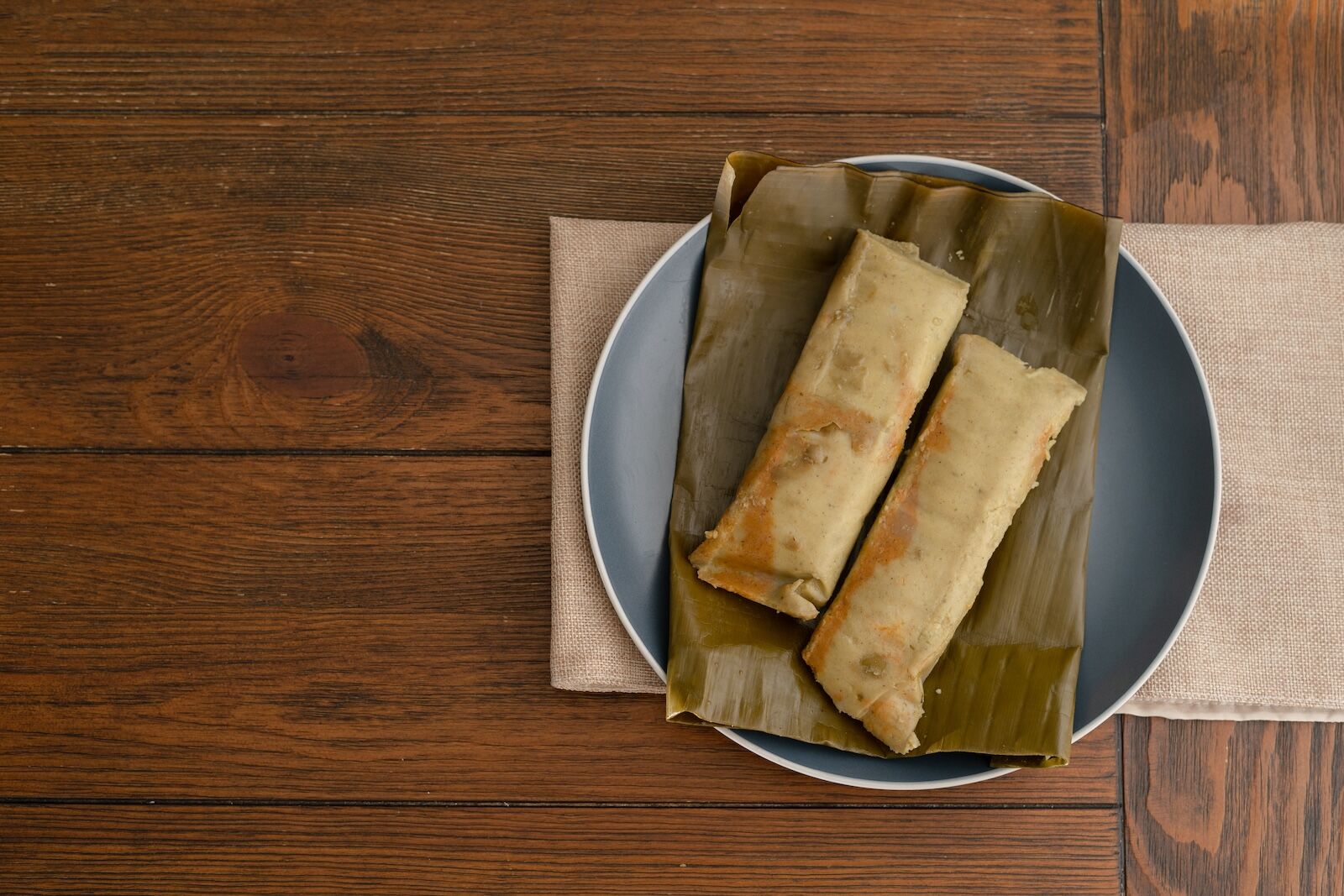
Photo: Manuel Chinchilla /Shutterstock
Eating street food in Honduras is the best way to experience the influence of Indigenous, African, and Spanish cultures on the country’s cuisine. Dishes here often feature staples like corn, beans, cheese, and meat. One of the most iconic street foods is the baleada, a soft, thick flour tortilla filled with refried red beans, crumbled cheese, and a dollop of sour cream. Often, it’s enhanced with scrambled eggs, avocado, or mea – so you’ll get your protein fix, as well.
Pastelitos, deep-fried turnovers stuffed with seasoned ground beef, rice, or potatoes, are a must-try on a busy day of sightseeing or active adventure. These are typically served with a side of pickled cabbage and hot sauce. Tajadas, fried plantain slices topped with ground beef, cabbage, and a drizzle of tomato sauce, are also popular and deliciously crunchy.
The Tegucigalpa and San Pedro Sula markets are excellent areas to try these dishes. At these markets (and others throughout the country’s cities and hub towns) vendors often line the streets, the most popular among them having a line through much of the day and into the evening. The Mercado Guamilito in San Pedro Sula is particularly famous for its baleadas and pastelitos, while the Parque Central de Tegucigalpa is a great spot to find vendors slinging tajadas and yuca con chicharrón.
Other common dishes:
- Yucca con chicharrón: Like in El Salvador, yucca con chicharrón is common in Honduras, where fried yuca (cassava) is topped with crispy pork rinds and served with cabbage slaw and tomato sauce.
- Montucas: Tamales filled with corn and meat, wrapped in banana leaves, and steamed, are local go-tos.
- Sopa de caracol: Conch soup and ceviche are common along the country’s Caribbean coast.
- Rosquillas en miel: Corn doughnuts soaked in a sweet panela syrup, are common for dessert.
Street food to try in Costa Rica
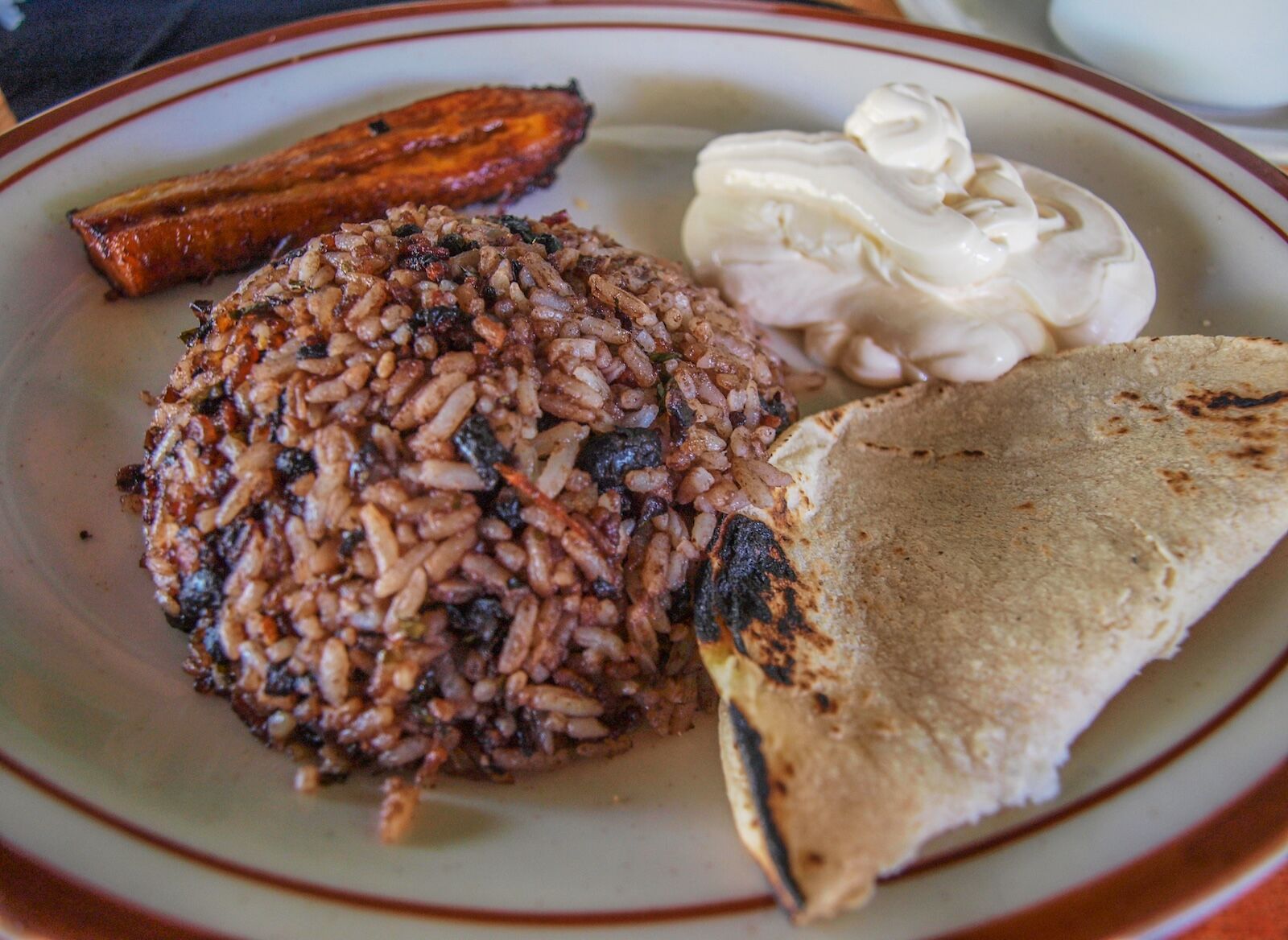
Photo: AventuraSur.photo /Shutterstock
In Costa Rica, “sodas” are common – though the term doesn’t refer to a carbonated beverage. Sodas are small, family-run restaurants common along the sides of highways, street corners, and beach towns throughout the country. The author of this story traveled coast to coast across Costa Rica and sampled street food in Puerto Viejo and Limon on the Caribbean coast, Alajuela and the capital of San Jose in the center of the country, and Puntarenas and Jaco on the Pacific coast.
Across all locations, Gallo Pinto was a standout. The name translates to “Spotted Rooster” and the dish is often considered Costa Rica’s “unofficial” national dish. I ate it most commonly for breakfast with eggs, though it’s possible to order Gallo Pinto throughout the day in many places. The primary ingredients include day-old white rice, black beans simmered with onions, garlic, red bell pepper, and cilantro, and a generous splash of Salsa Lizano, a quintessential Costa Rican condiment that adds a tangy, slightly smoky flavor. The beans are combined with the rice and cooked until the flavors meld. This is also what gives Gallo Pinto it’s name – it appears speckled once the rice and beans conjoin into one. A side of mayo is common with the dish.
Other common dishes:
- Chifrijo: a bowl of rice topped with red beans, chicharrón, fresh pico de gallo, and avocado, often served with tortilla chips and lime wedges.
- Chorreadas: sweet corn pancakes made from ground fresh corn, typically enjoyed with a dollop of sour cream.
- Patacones: twice-fried green plantain slices served with black bean dip or chimichurri sauce, are another favorite, especially in beach towns and city markets.
- Arreglado: a crunchy, toasted sandwich filled with shredded beef or pork, lettuce, tomatoes, and a spicy sauce, commonly found at street vendors and sodas.
- Vigorón: a plate of boiled yuca topped with crispy pork rinds and a cabbage salad
- Casado plates: These combine rice, beans, salad, plantains, and a choice of protein like grilled chicken or fish, offering a well-rounded and affordable meal.
Street food to try in Nicaragua
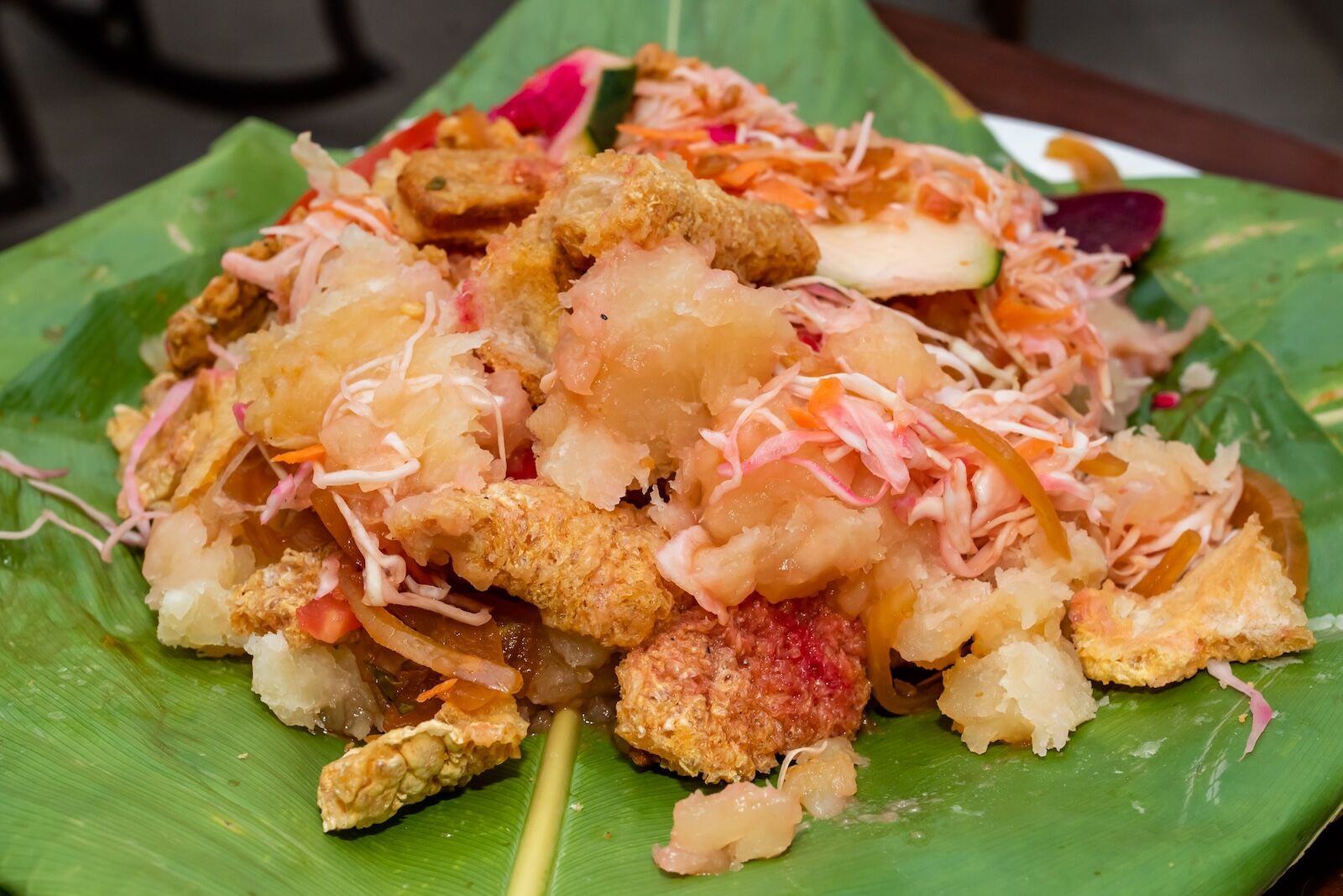
Photo: Will Ullmo /Shutterstock
Like other countries in the region, Nicaraguan street food blends indigenous, Spanish, and Afro-Caribbean influences. The ingredients typically include staples like corn, yuca, plantains, pork, cheese, and fresh vegetables, often seasoned with a mix of local herbs and spices. You’ll commonly find vendors along busy pedestrian thoroughfares in cities as well as in markets and along the coast in beach towns.
- Vigorón: Boiled yuca topped with crispy pork rinds (chicharrón) and a tangy cabbage salad, often served on a banana leaf.
- Nacatamal: A traditional tamale made from corn masa filled with pork, rice, potatoes, peppers, and onions, wrapped in plantain leaves and steamed.
- Quesillo: A soft, chewy tortilla filled with cheese, pickled onions, and a splash of sour cream, typically served wrapped in a plastic bag.
- Tajadas: Fried green plantain slices served with fried cheese and cabbage salad.
- Baho: A hearty dish made with beef, green plantains, yuca, and cabbage, slow-cooked and served together.
- Rondón: A soup made with fish or meat, coconut milk, like yucca or taro, and plantains, common along the coasts.
Street food to try in Panama
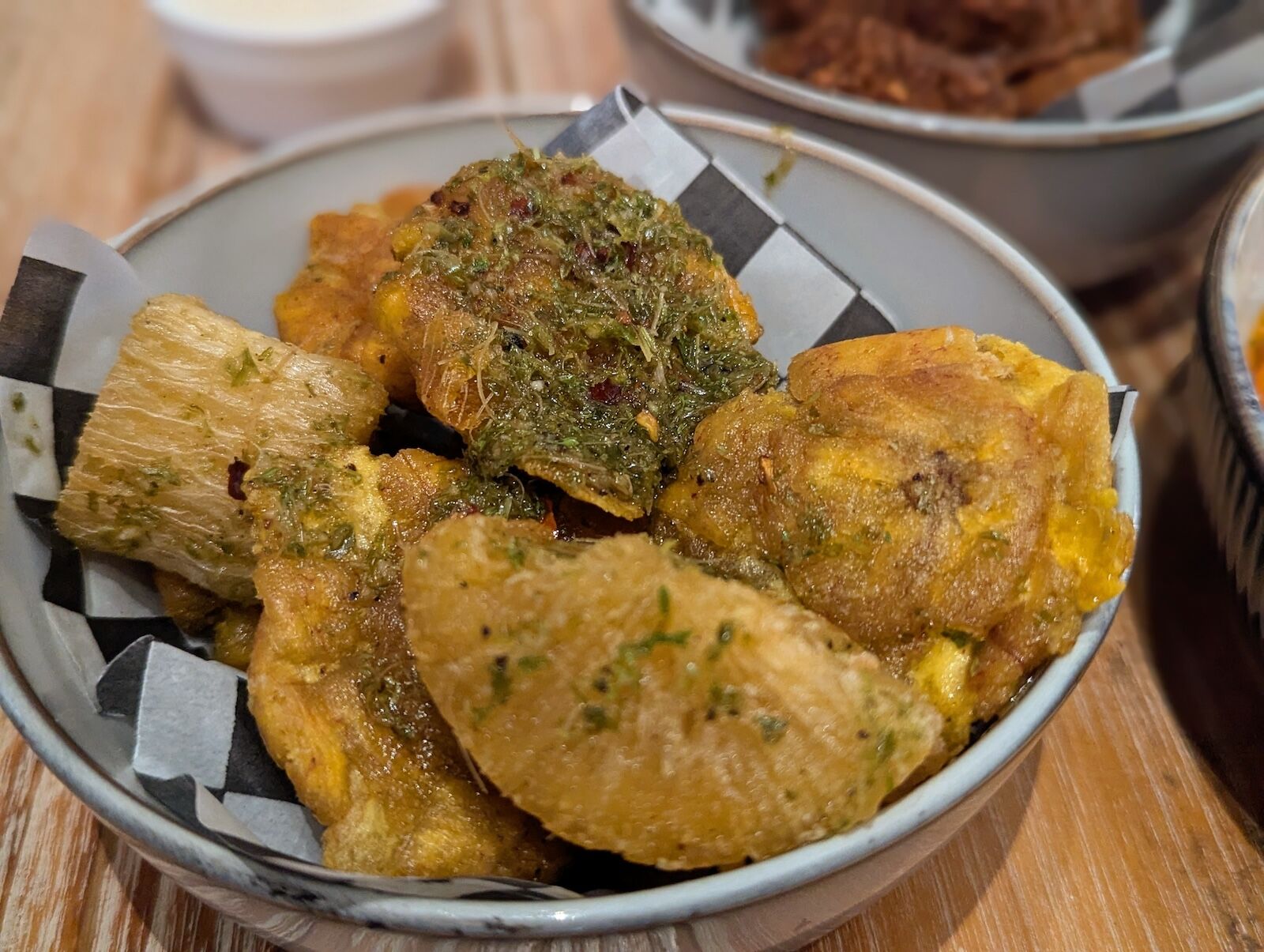
Photo: Steph Couvrette /Shutterstock
Panamanian street food draws similar influence to its regional neighbors, though in grand cases the result is a strikingly different dish. In Panama City, some of the most popular street food spots can be found at the Mercado de Mariscos, a bustling fish market where vendors offer freshly prepared seafood dishes and snacks. Food trucks and small stalls are also prevalent throughout the city, especially in areas like Casco Viejo and along the Cinta Costera.
- Empanadas: Fried or baked pastries stuffed with beef, chicken, cheese, or fish, often enjoyed with a side of spicy sauce.
- Carimañolas: Deep-fried yuca dough filled with ground beef, chicken, or cheese, crispy on the outside and soft inside.
- Hojaldres: Fried bread made from a simple dough, often served with cheese, sausage, or eggs for breakfast.
- Patacones: Twice-fried green plantain slices, typically served as a side dish or snack, sometimes topped with shredded meat or cheese.






















































































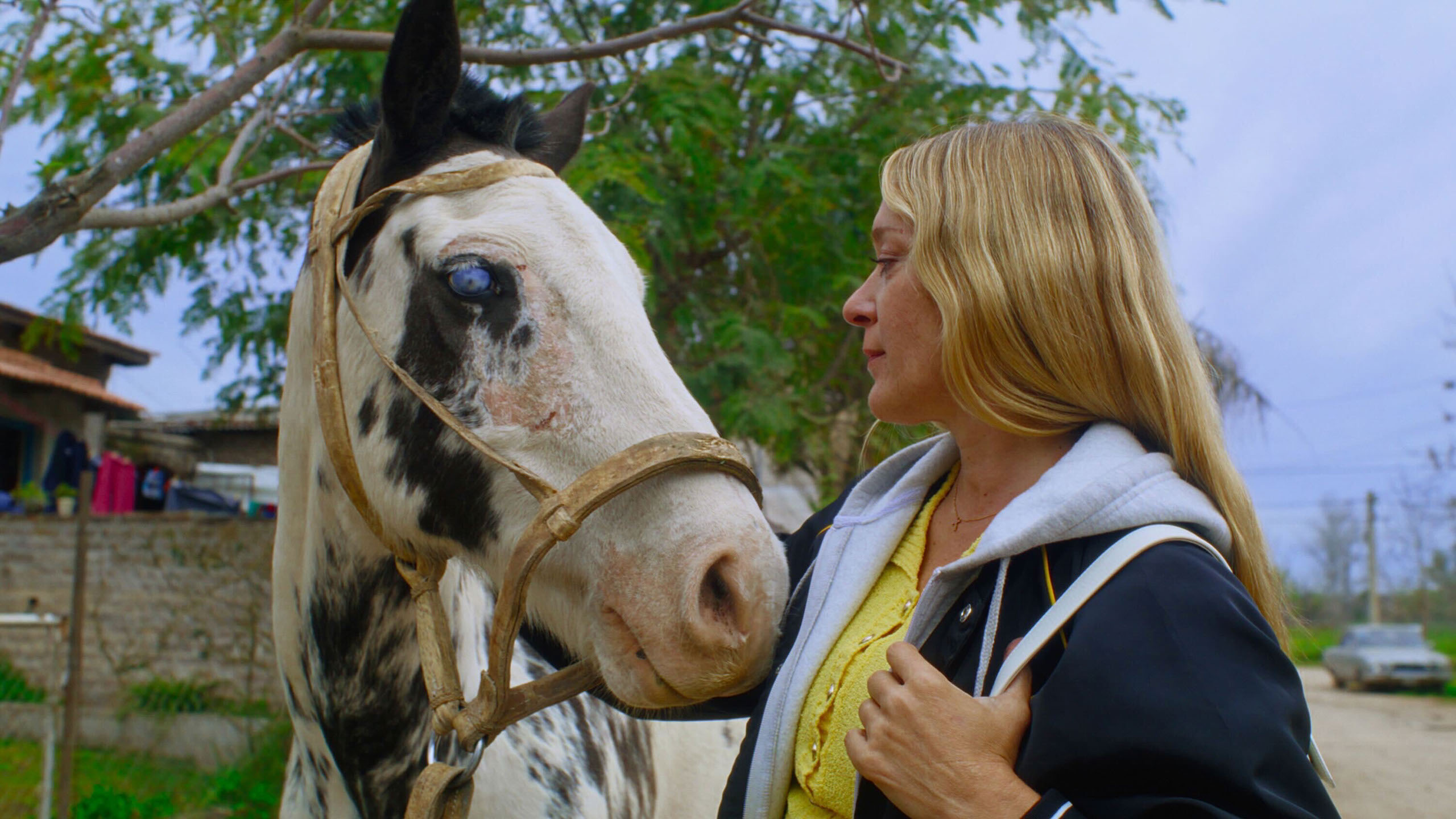























































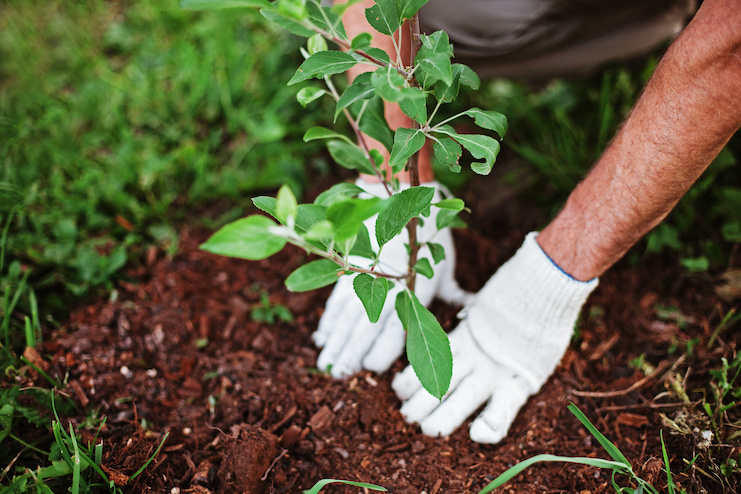





























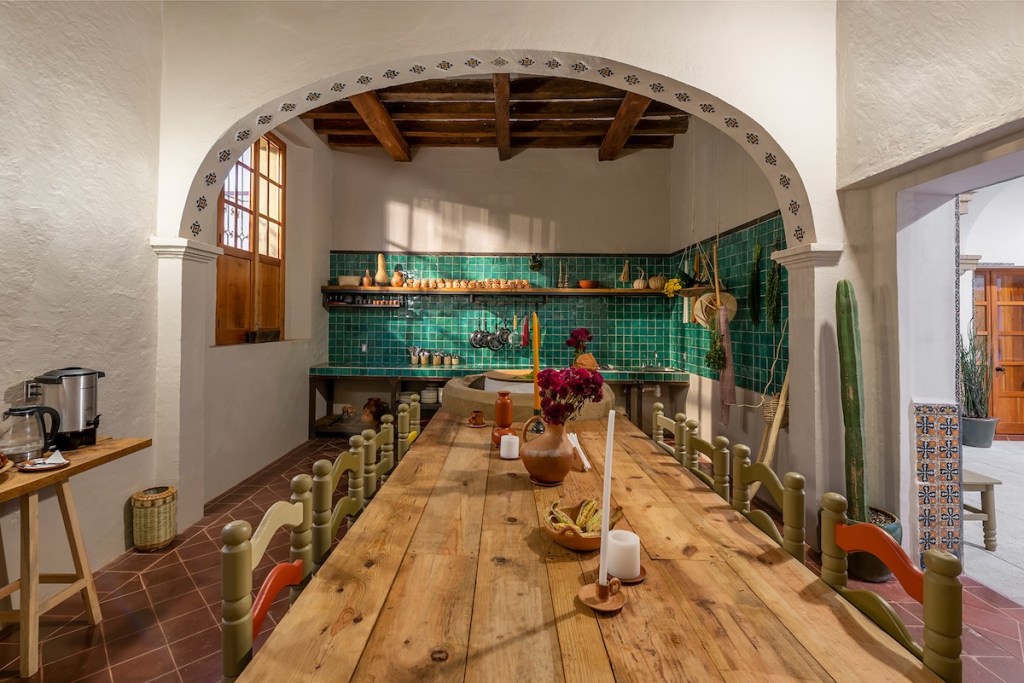







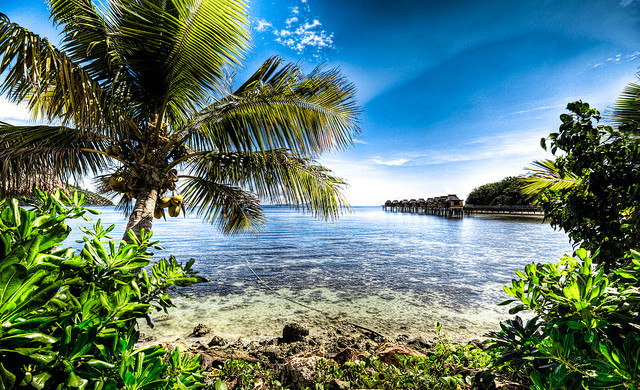





















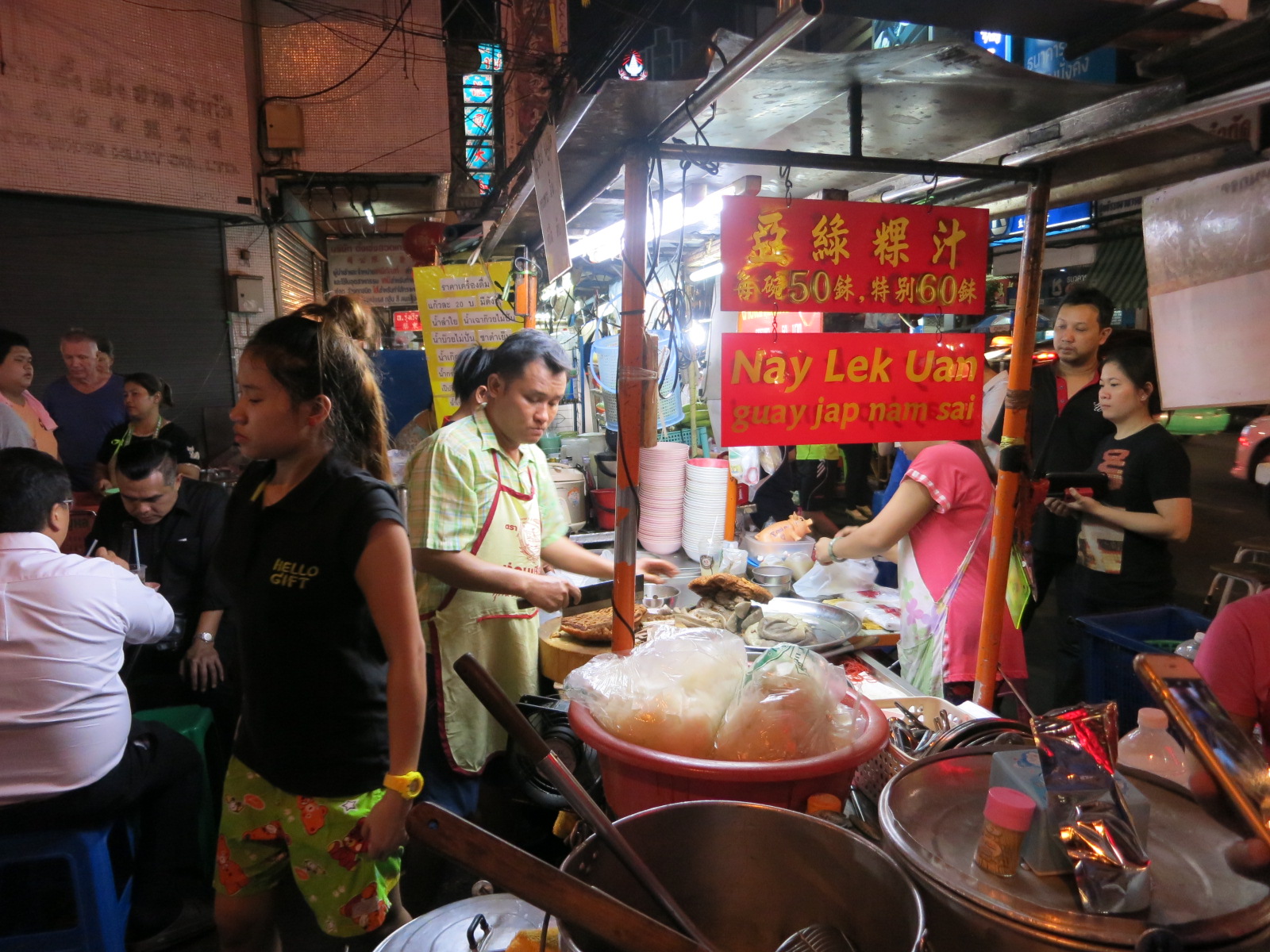








































































.jpg?width=1920&height=1920&fit=bounds&quality=80&format=jpg&auto=webp#)

























































































































